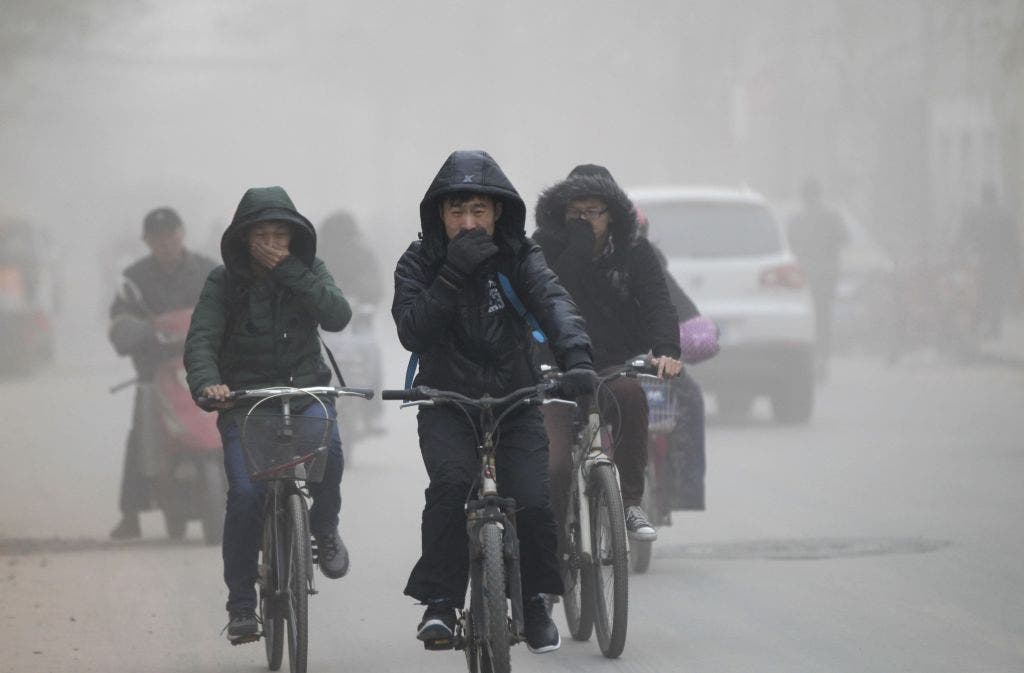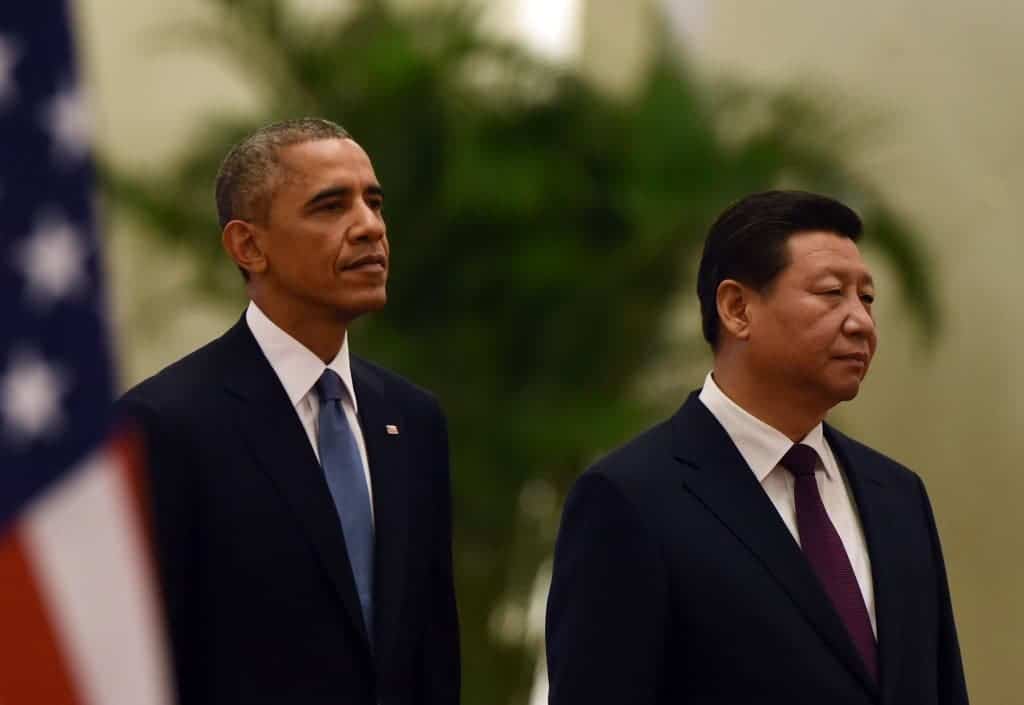President Obama and Chinese leader Xi Jinping agreed to sign a deal that will see the US nearly double its efforts to cut CO2 emissions by 2025 and China cap its CO2 emissions for the very first time. This historic agreement between the two largest polluters in the world, which together amount to 45% of all greenhouse gases released in the atmosphere, is seen as a potential worthy example for other countries to follow in the wake of the planned 2015 United Nations Climate Change Conference in Paris where an universal agreement on climate, from all the nations of the world, is expected. Some have been quick to voice, however, that the agreement is unrealistic and destined to fail.
A historic agreement, but will it stand?

Under the terms of the agreement, the US pledges to reduce its emissions 26 to 28 percent below 2005 levels by 2025, while China agrees to cap its rapidly growing carbon emissions by 2030, or earlier if possible. In addition, China must increase its share of non-fossil fuel energy to 20% by the same deadline, a daunting objective considering this entails the country needs to add 800 to 1,000 gigawatts of nuclear, wind, solar and other zero-emission generating capacity by 2030 — more than all the coal-fired power plants that exist in China today and close to the total electricity generating capacity of the United States. If we’ve learned anything from China in the past decade, though, it’s that with great determination anything can be achieved. For instance, the country is to quadruple its solar power by 2015.
For the US, things aren’t less demanding. To meet its goals, the United States will need to double the pace of carbon pollution reduction from 1.2 percent per year on average from 2005 to 2020 to 2.3 to 2.8 percent per year between 2020 and 2025.
Other terms of the agreement include steps to cut tariffs for high-tech products, which is set to vastly improve business relations between Chinese and American companies, ease visas and a mutual warning system to avoid military accidents from happening.
“The announcement provides a real shot of momentum for international climate negotiations,” one administration official said before the Obama-Xi announcement.
“We have a special responsibility to lead the global effort against climate change,” Obama said of the two nations at a joint news conference. “Today, I am proud we can announce a historic agreement.”
Leading by example

While the terms are indeed ambitious, in the face of climate change governments shouldn’t compromise. In this particular case, China and the US are the greatest polluters in the world and it’s expected for them to take the lead. More importantly, however, this mutual consent sends an important message because it’s been made between two super powers – one that’s established and the other developing. China, along with India, Indonesia or Brazil, is entitled to burn all the coal it wants to recover economically with respect with developed countries. As such, you, as a developed country with a long history of massive fossil fuel use, can’t ask a developing country to curve emissions, and thus halt its much sought after economic development.
This deal is sure to mark a great example for other countries which might follow suit, once it’s been ratified by the World Trade Organization, where 52 nations must approve. If they do, it would be the first major WTO agreement since 1996.
“It is imperative that these two countries — the world’s largest emitters of greenhouse gases — show real leadership. This is an important start,” said Phil Sharp, president of Resources for the Future. “Agreements like this are more important than they might appear at first glance, because in both countries there are political factions that justify inaction by pointing at the failures of the other country.”
Only a few weeks ago, the EU, which only accounts for 20% of worldwide emissions, agreed to cut its CO2 emissions by 40% by 2030 from 1990 levels.
Will this ambitious pact, the result of nine months of heated negotiations, go through or will it crumble? My fingers are crossed so that the two countries might actually follow through their promises, yet considering the Republican Party, widely known for its opposing views on climate actions, will soon take control of both houses of Congress, nothing can be certain. To be sure, some Republicans have already stepped forward to condemned this initiate, like Sen. James M. Inhofe (R-Okla.).
“The United States will be required to more steeply reduce our carbon emissions while China won’t have to reduce anything,” Inhofe said.
Hopefully, the agreement will stand and reach its target. For better or worse, climate change is a global issue that spares no country, as the joint memo put out by the White House highlights:
“Higher temperatures and extreme weather events are damaging food production, rising sea levels and more damaging storms are putting our coastal cities increasingly at risk and the impacts of climate change are already harming economies around the world, including those of the United States and China. The seriousness of the challenge calls upon the two sides to work constructively together for the common good.”






